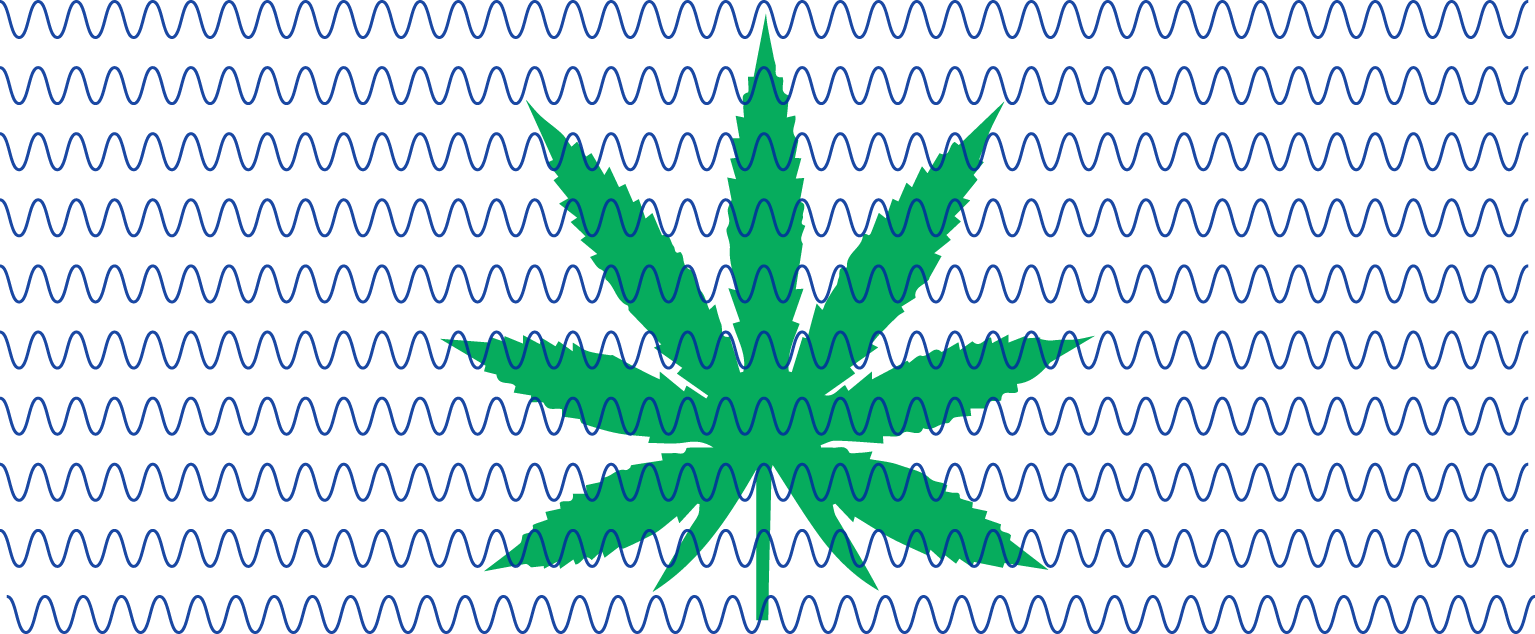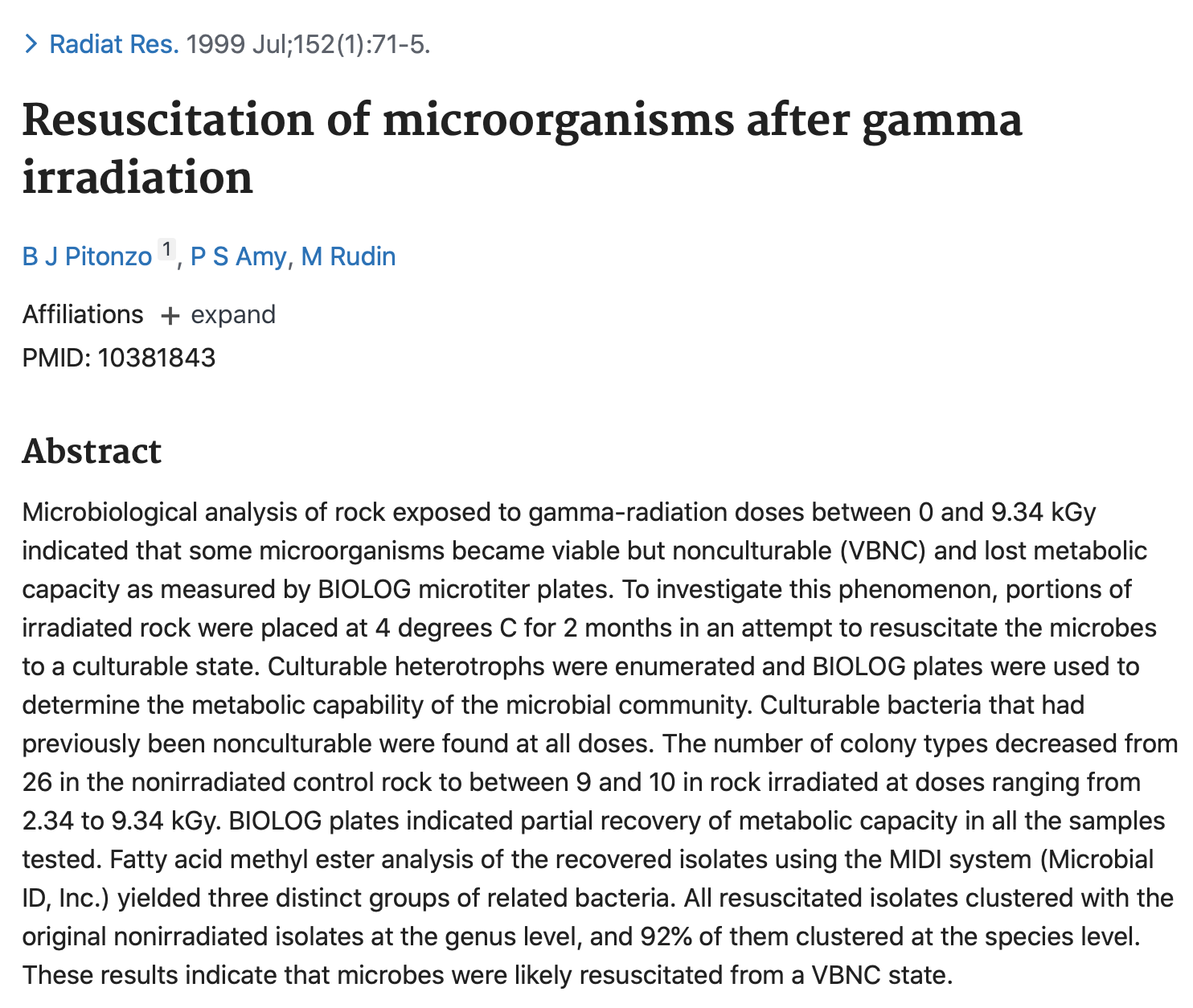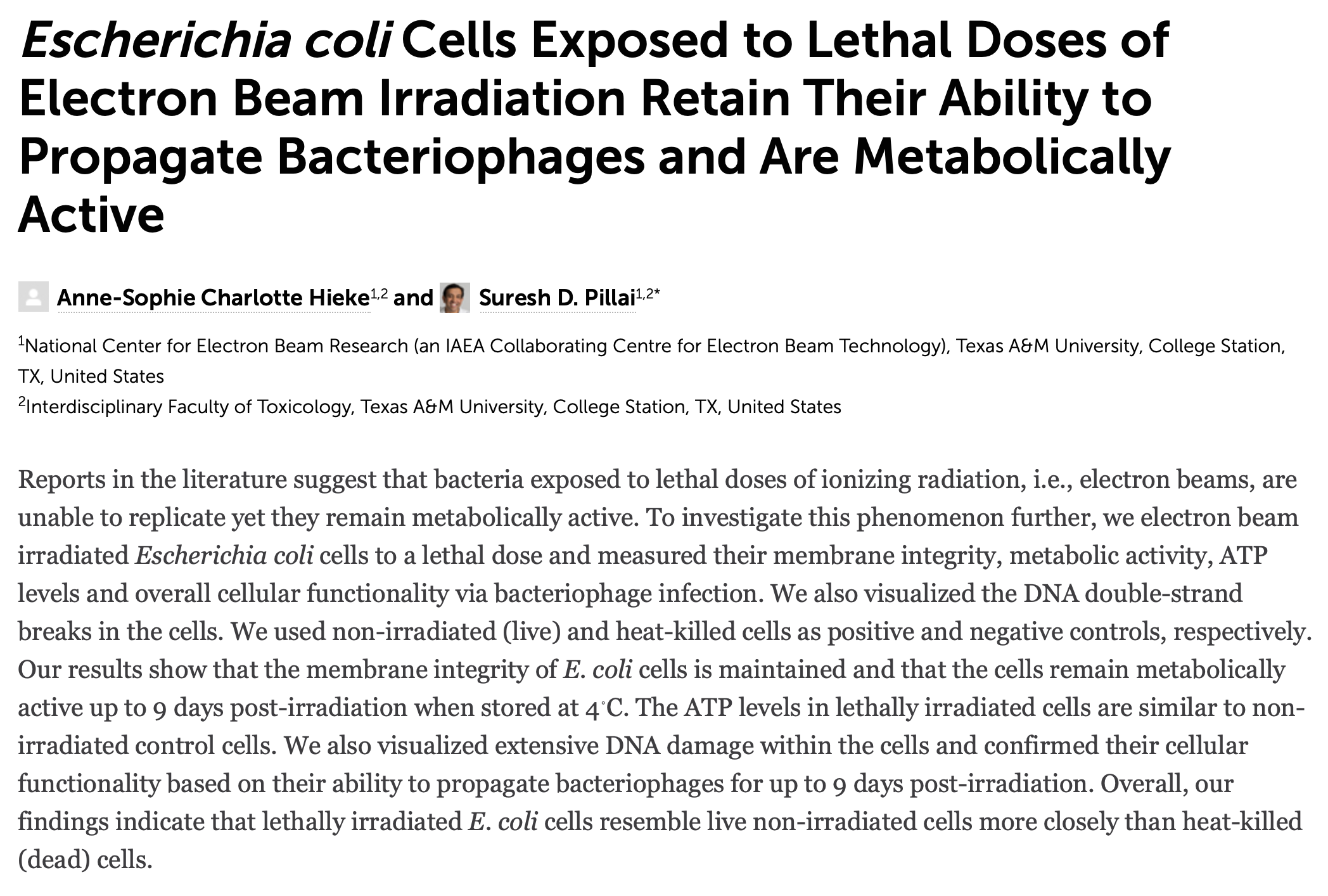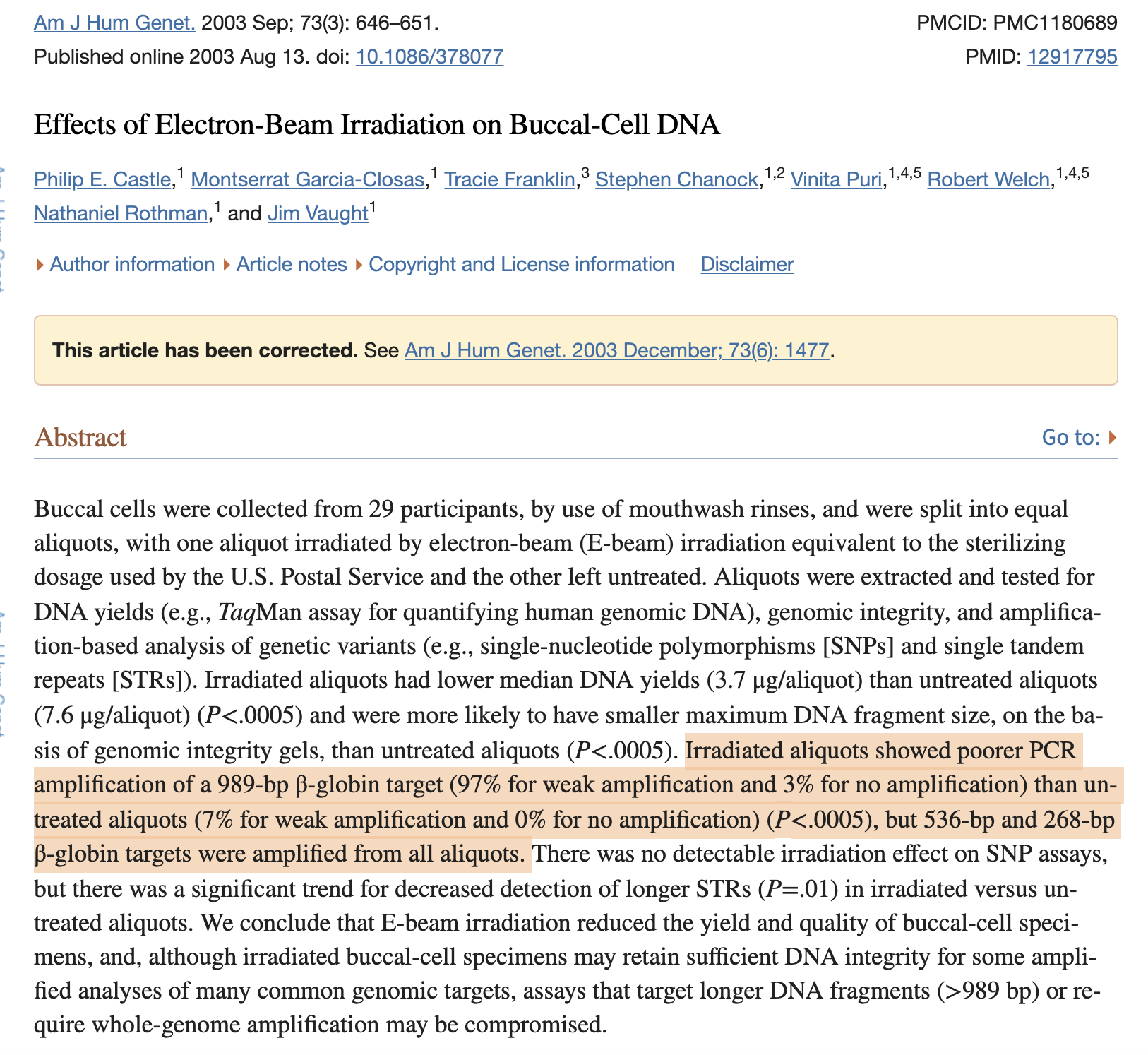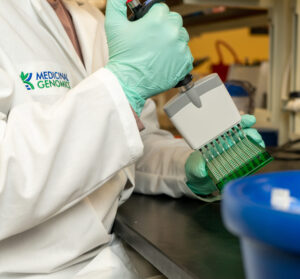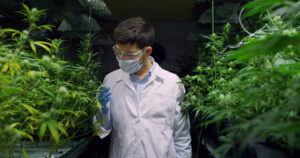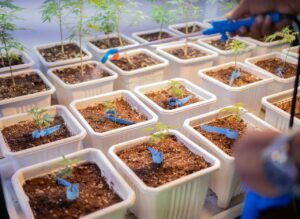Many growers are beginning to use irradiation techniques (e.g. x-ray, electron beam, gamma) that promise to eliminate microbes without compromising quality. A microbial failure can cost growers hundreds of thousands of dollars in lost revenue, so irradiation appears to be a prudent risk mitigation strategy.
However, some labs have reported that although irradiated material typically passes culture-based techniques, it still fails qPCR testing. Our first thought was that DNA from the dead microbes was still present on the sample after the irradiation treatment. After all, qPCR will amplify target DNA regardless of viability. But that theory was nixed when we learned our Grim Reefer® kits, which eliminate extracellular DNA from dead organisms, did not resolve the problem.
So our working theory became that irradiation treatments don’t actually kill microbes or otherwise disrupt the cell membrane enough to liberate the DNA from the microbial cells. And after reviewing the literature, there appears to be some validity to that hypothesis.
The difference between sterilization and irradiation
Several sterilization techniques, such as hydrogen peroxide and ozone treatments, actually lyse the microbes’ cell membranes or cell walls to fully sterilize them. These techniques liberate the DNA from the cell, making them more amenable to using DNAses, such as Grim Reefer.
Irradiation techniques do not disrupt the cell membrane. Instead, they damage the microbial DNA, which slows the organisms’ ability to rapidly multiply without causing death. In fact, the microbes are referred to as “Viable But Not Culturable” (VBNC). And as the name suggests, results from culture-based tests performed on irradiated material soon after treatment will come back clean. However, the literature clearly shows that microbes can be resuscitated from a VBNC state.
Research by Hieke et al. into irradiated E. coli confirms irradiation is not arresting the E.coli cell metabolism through cell lysis. Instead, it is mutating the DNA. These E. coli cells are still metabolically active for 9 days post-irradiation, but they require more time to repair DNA damage before they can replicate.
We see a similar effect when testing dried fruits. The lower water activity of dried fruit often induces much longer culture times (70-120hrs) as these dehydrated microbes take time to rehydrate and reboot (resuscitate).
The sub-lethal injuries caused by irradiation are great for evading detection in many short-duration culture-based platforms, but what will happen to these products after many months on the shelf?
Why Doesn’t Damaged DNA Affect qPCR’s Ability to Detect It?
It appears that irradiation does not damage the microbial DNA enough to escape qPCR detection. Research from Castle et. al. shows that electron-beam irradiation only affects PCR efficiency on long amplicons (900bp+). That finding implies the short-duration irradiation treatment used for cannabis and hemp are insufficient to knock down short qPCR amplicons.
Could Irradiation Explain Why States with Low Microbial Limits Have Outbreaks of Mold?
The Chicago Sun Times recently commissioned a lab to test pre-rolls from Illinois dispensaries for microbial contamination. They found that “eight of nine pre-rolled marijuana joints purchased by Sun-Times reporters from Chicago-area dispensaries contained levels of mold, yeast or various types of bacteria that didn’t meet Illinois’ standards for acceptable levels of such contaminants.”
It should be noted that Illinois has microbial limits that are 10X lower than most other states. This may have the unintended consequence of incentivizing growers to use irradiation to pass compliance testing. But do these VBNC/Sublethal injuries resuscitate on the shelf?
This is a question that requires more investigation, and it’s not a simple topic. Irradiation treatment is used on foods, but the practice is regulated by the federal government, which provides crop-specific recommendations. Of course, they do not have recommendations for cannabis. And interestingly, irradiated food does not meet the U.S. Department of Agriculture’s definition of organic.
Sterilization methods vary greatly in their mode of action. These different modes of action may induce different results with plating compared to molecular methods. Given these irradiation techniques alter the performance of AOAC-approved methods to monitor cannabis quality, they should be AOAC certified before they are implemented as production sterilization methods.
We are collaborating with several labs to explore explore this topic in more detail. Stay tuned.

